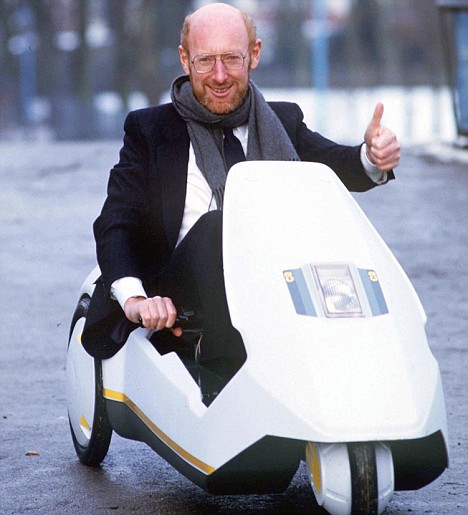I think you missed the point. Ian asked, and I answered, why a company that made significantly more than what it sought could fail. Yes, there are many reasons a campaign might fail, but by and large the reason I've seen for failure when they bring in way above their goal is feature creep.
A prominent example of this would be Broken Age. Double Fine sought to make a modest game with a modest goal of $400'000. They brought in over $3 million. Suddenly Tim Schafer is talking about being able to do so much more now that they have the money. And "so much more" very nearly cost them everything. In the end the game was years late, and only had the first chapter. They were counting on sales of that first half to continue funding to finish the second half. Even though they did eventually succeed, because of how long it took and the fact that it was actually incomplete on delivery marks it a failure in my mind. Star Citizen is another good example. They wanted $500'000. They got $2 million. The game is now years late, still in development, and is a different game from the one I expected when I backed it 5 years ago. Is it a better game now for the amount of money it has, and the amount of time and effort they've put into it? Probably, but it doesn't change the fact that it is almost 3 years overdue and still no where near what they promised in the kickstarter.
It should be obvious that the GPD Win was a special case. I wouldn't be surprised if they fully expected to make changes along the way and, as professionals with several devices already under their belt, knew exactly how much extra to buffer just in case.
On the iCP2, according to the timeline, it was indeed the LEDs and Craig's insistence that they go through with it that killed things. Looking at the updates now.
#19, November 2012: The board as it was is complete: it's basically just the bottom half of the Pandora. Craig was experimenting with keyboard backlighting, but confessed that it may not work and that they would have to get to production soon so they may go with the backlitless one.
#21, November 2012: Backlighting is working but Craig wants to go that extra mile and make them RGB LEDs, if he can.
#22, December 2012: Craig claims success, the RGB backlighting looks great.
#25, January 2013: Thanks to the new LED backlighting they had to change the case and the keymat. Shouldn't be a big deal, eh?
#26, February 2013: This is where everything starts to unravel. Redoing the case moulds is turning out to be more of a headache than the previous update would've suggested.
#27, March, we're fine, everything is fine. How are you?
#30, April, production of the board is slow because, surprise, RGB LEDs are harder and more expensive to source than single colour variants. Unspoken but inferred is that he's decided to go ahead with board production despite not having completed the modifications to the case and keymat.
#34, August: Boards are done! But the new keyboard is way more difficult and expensive than the original. Didn't expect that, didn't plan for it. Case mould redesign is still a problem.
#36, November 2013: Craig gives up, will start to issue refunds if at all possible.
The important take away is that the board was finished and ready for mass production in November 2012. The case mould was complete even long before then. They had a fully functional prototype with a real case, a real keyboard, Craig demonstrated it many times in many pictures and videos. Everything was ready to go, and then "what about a backlit keyboard?" happened, and the unintended redesign dragged on, and on, and on, with unforseen results and costs. If he'd stuck with the original design we'd all be using our non-backlit but infinitely less imaginary iCP2. If he hadn't produced 1250 boards with RGB backlighting before the new case and keymat were completed, he could've reverted to the old, non-backlit design, and only lost several months of work. Instead he pushed ahead with the new feature without thinking it through and lost everything.
And that is literally how I see all these campaigns that get too much money fail: by trying to expand the scope because they can, because they have the money, then expanding it too far and breaking.
To be absolutely clear, I'm not talking about general failures in kickstarters, I'm not saying that every kickstarter that greatly exceeds its goal is destined to failure, I'm simply saying that those that do fail after exceeding their goal seem to have this same trend in common: feature creep. And even those that do succeed, many of them only just barely do so. Feature creep kills projects.





